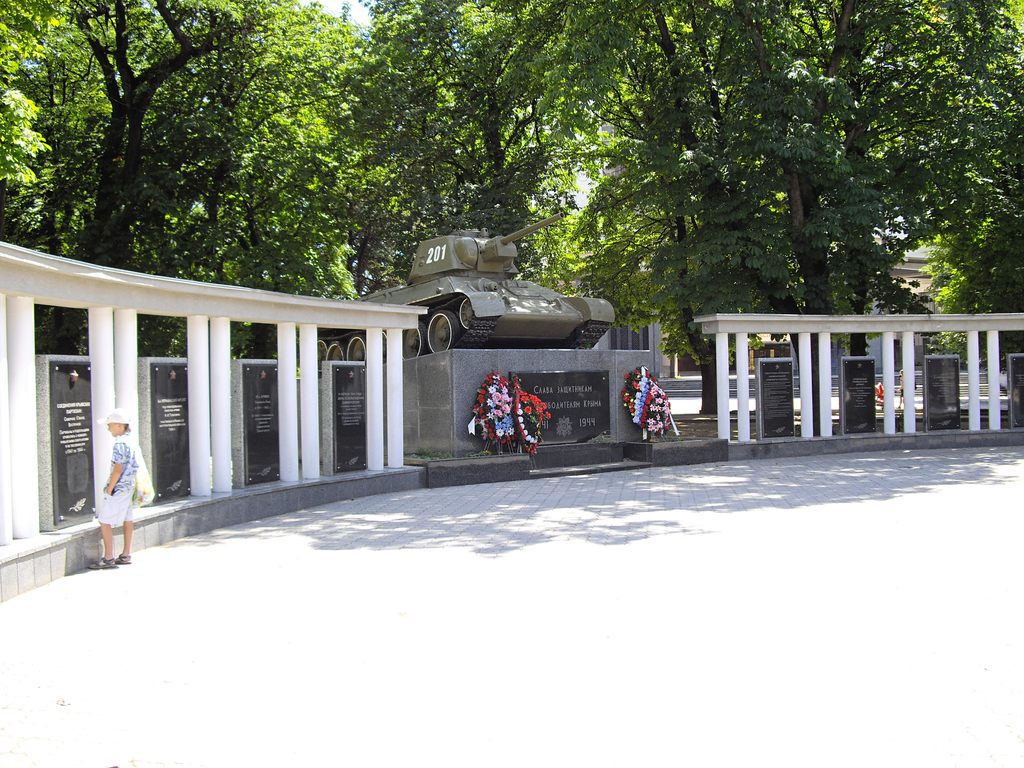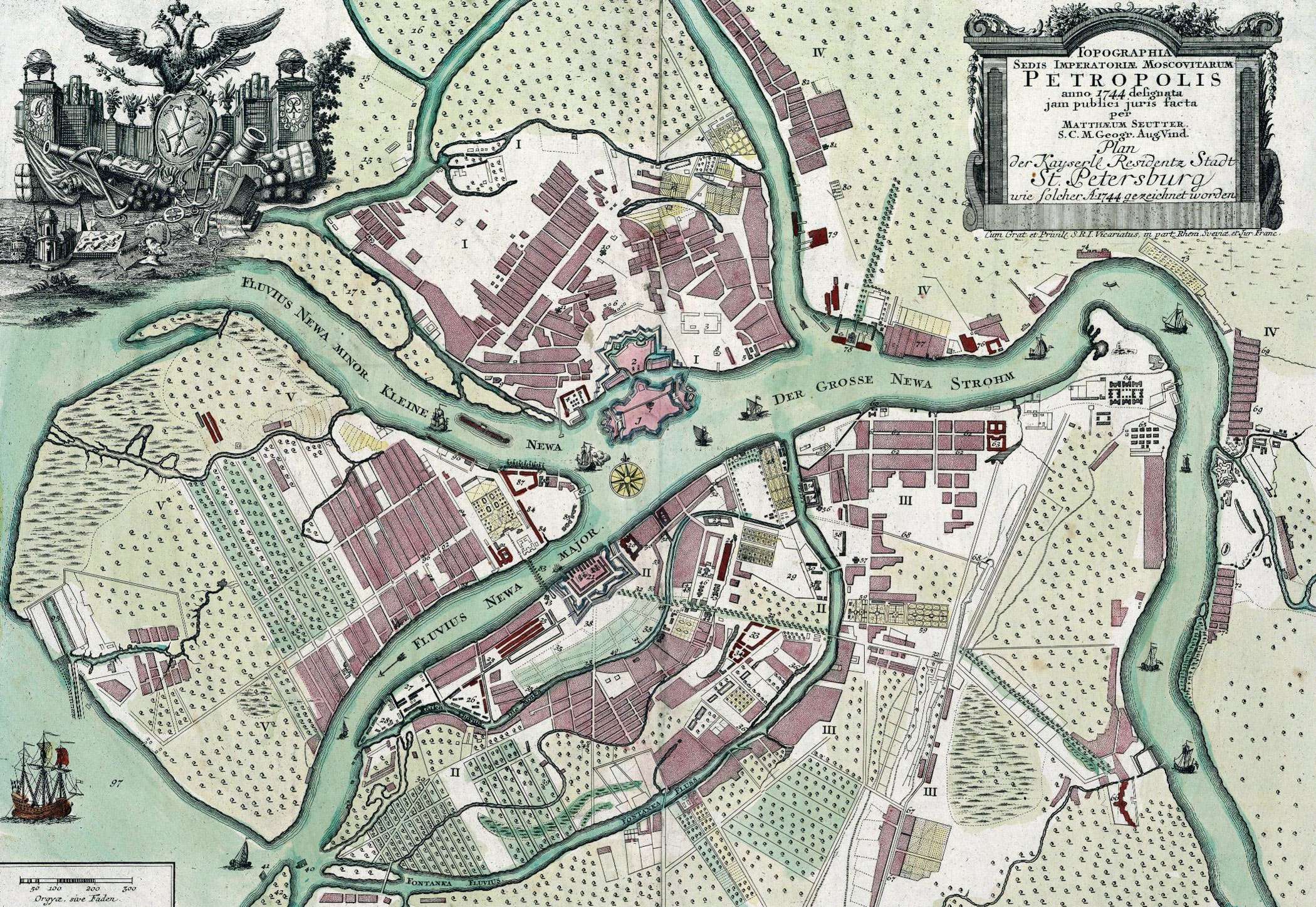|
Alexander Baykov
Alexander Alexandrovich Baykov (; August 6, 1870 – April 6, 1946) was a Soviet university professor, scientist specializing in the fields of metallurgy and chemistry and an academician of the USSR Academy of Sciences. Early life and education Baykov was born on August 6, 1870, in the city of Fatezh of the Russian Empire. In 1889 he graduated from the Classical Gymnasium in Kursk and entered the Faculty of Physics and Mathematics in St. Petersburg University. He was left to work at the university at the Department of Physical Chemistry in 1894 and was appointed laboratory assistant in chemistry as assistant to DP Konovalov. In 1895, he transferred to the Institute of Railway Engineers to the position of head of the chemical laboratory. In 1899, the board of the Institute of Communication was sent on a business trip to France, where he studied physical chemistry in the laboratory of Henri Louis Le Chatelier and crystallography and mineralogy in the laboratory of Grigory Vyru ... [...More Info...] [...Related Items...] OR: [Wikipedia] [Google] [Baidu] |
Fatezh
Fatezh (russian: Фате́ж) is a types of inhabited localities in Russia, town and the administrative center of Fatezhsky District in Kursk Oblast, Russia, located on thUsozha River north of Kursk, the administrative center of the oblast. Population: 4,959 (1897). History and etymology It was founded as a village in the 17th century and granted town status in 1779. Fatezh took its name from a local stream; the etymology is uncertain, but it may be based on the given names Foty or Iosafat in diminutive form (place names in -''ezh'' are common in the region).Е. М. Поспелов. "Географические названия мира".Москва, 1998, p. 438. During World War II, Fatezh was occupied by Wehrmacht, German troops from October 22, 1941 to February 7, 1943. Administrative and municipal status Within the subdivisions of Russia#Administrative divisions, framework of administrative divisions, Fatezh serves as the administrative center of Fatezhs ... [...More Info...] [...Related Items...] OR: [Wikipedia] [Google] [Baidu] |
Lesgaft National State University Of Physical Education, Sport And Health
The Lesgaft National State University of Physical Education, Sport and Health is a university in St. Petersburg, Russia, named after Peter Lesgaft. History Its history started from 1896, when Peter Lesgaft founded a training program for PE teachers. The university now offers 15 bachelor degrees including Bachelor of Physical Culture, Bachelor of Adapted physical education among others. It provides 7 courses at Masters level and 14 courses at PhD levels. The institution was among first in Russia to introduce a Bachelor of Nursing course. It consists of following colleges: * Institute of Adaptive Physical Culture * Institute of Sports Facilities and Industries * Institute of Economics and Social Technology * Institute of International sports Programs * Institute of Health and Sports Medicine and the following faculties: * Faculty Summer Olympic Sports * Faculty of Winter Olympic Sports * Faculty of non-Olympic sports * Faculty of martial arts * Faculty of Economics, Manage ... [...More Info...] [...Related Items...] OR: [Wikipedia] [Google] [Baidu] |
Order Of Saint Vladimir, Ribbon Bar
Order, ORDER or Orders may refer to: * Categorization, the process in which ideas and objects are recognized, differentiated, and understood * Heterarchy, a system of organization wherein the elements have the potential to be ranked a number of different ways * Hierarchy, an arrangement of items that are represented as being "above", "below", or "at the same level as" one another * an action or inaction that must be obeyed, mandated by someone in authority People * Orders (surname) Arts, entertainment, and media * ''Order'' (album), a 2009 album by Maroon * "Order", a 2016 song from ''Brand New Maid'' by Band-Maid * ''Orders'' (1974 film), a 1974 film by Michel Brault * ''Orders'', a 2010 film by Brian Christopher * ''Orders'', a 2017 film by Eric Marsh and Andrew Stasiulis * ''Jed & Order'', a 2022 film by Jedman Business * Blanket order, purchase order to allow multiple delivery dates over a period of time * Money order or postal order, a financial instrument usually int ... [...More Info...] [...Related Items...] OR: [Wikipedia] [Google] [Baidu] |
Novodevichy Cemetery
Novodevichy Cemetery ( rus, Новоде́вичье кла́дбище, Novodevichye kladbishche) is a cemetery in Moscow. It lies next to the southern wall of the 16th-century Novodevichy Convent, which is the city's third most popular tourist site. History The cemetery was designed by Ivan Mashkov and inaugurated in 1898. Its importance dates from the 1930s, when the necropolises of the medieval Muscovite monasteries ( Simonov, Danilov, Donskoy) were scheduled for demolition. Only the Donskoy survived the Joseph Stalin era relatively intact. The remains of many famous Russians buried in other abbeys, such as Nikolai Gogol and Sergey Aksakov, were disinterred and reburied at the Novodevichy. A 19th-century necropolis within the walls of the Novodevichy convent, which contained the graves of about 2000 Russian noblemen and university professors, also underwent reconstruction. The vast majority of graves were destroyed. It was at that time that the remains of Anton Chekhov w ... [...More Info...] [...Related Items...] OR: [Wikipedia] [Google] [Baidu] |
Academy Of Sciences Of The Soviet Union
The Academy of Sciences of the Soviet Union was the highest scientific institution of the Soviet Union from 1925 to 1991, uniting the country's leading scientists, subordinated directly to the Council of Ministers of the Soviet Union (until 1946 – to the Council of People's Commissars of the Soviet Union). In 1991, by the decree of the President of the Russian Soviet Federative Socialist Republic, the Russian Academy of Sciences was established on the basis of the Academy of Sciences of the Soviet Union. History Creation of the Academy of Sciences of the Soviet Union The Academy of Sciences of the Soviet Union was formed by a resolution of the Central Executive Committee and the Council of People's Commissars of the Soviet Union dated July 27, 1925 on the basis of the Russian Academy of Sciences (before the February Revolution – the Imperial Saint Petersburg Academy of Sciences). In the first years of Soviet Russia, the Institute of the Academy of Sciences was perceived ra ... [...More Info...] [...Related Items...] OR: [Wikipedia] [Google] [Baidu] |
Ludwig Martens
Ludwig Christian Alexander Karl Martens (or Ludwig Karlovich Martens; russian: Людвиг Карлович Мартенс; – 19 October 1948) was a Russian Marxist revolutionary, Soviet diplomat and engineer. Biography Early years Ludwig Martens was born on 1 January 1875 n.s. in Bachmut, in the Yekaterinoslav Governorate in the south of the Russian Empire (present-day Ukraine). Ludwig's father, a German-born industrialist named Karl Gustav Adolf Martens, was the owner of a steel mill in Kursk, Russia. There were five sons and two daughters in the family. Two of them, Ludwig and Olga, became professional revolutionaries.Biography of Martens In 1893 Martens graduated from a Kursk and entered |
Saint Petersburg
Saint Petersburg ( rus, links=no, Санкт-Петербург, a=Ru-Sankt Peterburg Leningrad Petrograd Piter.ogg, r=Sankt-Peterburg, p=ˈsankt pʲɪtʲɪrˈburk), formerly known as Petrograd (1914–1924) and later Leningrad (1924–1991), is the second-largest city in Russia. It is situated on the Neva River, at the head of the Gulf of Finland on the Baltic Sea, with a population of roughly 5.4 million residents. Saint Petersburg is the fourth-most populous city in Europe after Istanbul, Moscow and London, the most populous city on the Baltic Sea, and the world's northernmost city of more than 1 million residents. As Russia's Imperial capital, and a historically strategic port, it is governed as a federal city. The city was founded by Tsar Peter the Great on 27 May 1703 on the site of a captured Swedish fortress, and was named after apostle Saint Peter. In Russia, Saint Petersburg is historically and culturally associated with t ... [...More Info...] [...Related Items...] OR: [Wikipedia] [Google] [Baidu] |
Tavrida National V
Taurida (also Tauride or Tavrida, from the ancient Tauri) is an old name for the Crimea. It may refer to: *Tauride Palace, palace in Saint Petersburg (built 1783–89), named after the Prince of Taurida *Taurida Oblast, province of the Russian Empire (1784–96) *Taurida Governorate, governorate of the Russian Empire (1802–1921) *Taurida Soviet Socialist Republic, ephemeral revolutionary state (1918) * Tavrida National V.I. Vernadsky University, also called Taurida University (founded 1918) *''Taurien'', a sub-district of the German ''Reichskommissariat Ukraine'' (1942–44) *Taurida Military District The Taurida Military District was a military district of the Soviet Union. It was formed from the headquarters of the Separate Coastal Army and the 22nd Army in the summer of 1945. The military district controlled troops on the territory of the ... of the Soviet Union (1945–56) *'' Taurida fulvomaculata'', a species of flatworm-like bilaterian native to the Black Sea {{dis ... [...More Info...] [...Related Items...] OR: [Wikipedia] [Google] [Baidu] |
Simferopol
Simferopol () is the second-largest city in the Crimea, Crimean Peninsula. The city, along with the rest of Crimea, is internationally recognised as part of Ukraine, and is considered the capital of the Autonomous Republic of Crimea. However, it is under the ''de facto'' control of Russia, which Annexation of Crimea by the Russian Federation, annexed Crimea in 2014 and regards Simferopol as the capital of the Republic of Crimea. Simferopol is an important political, economic and transport hub of the peninsula, and serves as the administrative centre of both Simferopol Municipality and the surrounding Simferopol District. After the 1784 Annexation of Crimea by the Russian Empire, annexation of the Crimean Khanate by the Russian Empire, the Russian empress decreed the foundation of the city with the name Simferopol on the location of the Crimean Tatars, Crimean Tatar town of Aqmescit ("White Mosque"). The population was Etymologies The name Simferopol ( uk, Сімферо́ ... [...More Info...] [...Related Items...] OR: [Wikipedia] [Google] [Baidu] |
Petrograd
Saint Petersburg ( rus, links=no, Санкт-Петербург, a=Ru-Sankt Peterburg Leningrad Petrograd Piter.ogg, r=Sankt-Peterburg, p=ˈsankt pʲɪtʲɪrˈburk), formerly known as Petrograd (1914–1924) and later Leningrad (1924–1991), is the second-largest city in Russia. It is situated on the Neva River, at the head of the Gulf of Finland on the Baltic Sea, with a population of roughly 5.4 million residents. Saint Petersburg is the fourth-most populous city in Europe after Istanbul, Moscow and London, the most populous city on the Baltic Sea, and the world's northernmost city of more than 1 million residents. As Russia's Imperial capital, and a historically strategic port, it is governed as a federal city. The city was founded by Tsar Peter the Great on 27 May 1703 on the site of a captured Swedish fortress, and was named after apostle Saint Peter. In Russia, Saint Petersburg is historically and culturally associated with th ... [...More Info...] [...Related Items...] OR: [Wikipedia] [Google] [Baidu] |




